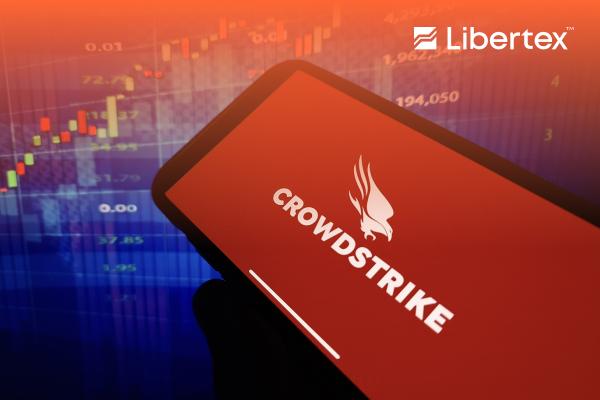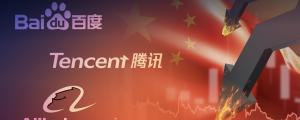In an ever more connected world, cloud security and critical infrastructure protection are increasingly vital to a range of important industries and sectors. But what happens when the fail-safes fail? Well, the world found that out rather quickly this Friday. A simple glitch in a Falcon content update was enough to cause what has been dubbed "the largest IT outage in history" after critical systems used by airlines, hospitals, emergency services, and others were taken out by a dodgy system file contained in the update initiated by cybersecurity behemoth CrowdStrike. It is estimated that the crash — the effects of which are still being felt by some firms even after the release of a fix this Sunday — has already cost at least $1 billion in damages.
While it is as of yet unclear whether CrowdStrike will be paying for any of these expenses, the impact on the company's share price has been nothing short of devastating. After rising almost 300% between 2023 and 2024, CRWD has now lost over 20% since Friday based on Monday's (22/07) pre-market figures. That said, the ticker is still up more than 200% from its early 2023 levels, even with these recent losses. So, is this the end for CrowdStrike, or is it just a minor blip? And what are the factors that will determine where CRWD ends the year?
Too early to tell
Right now, it's important to note that rash price crashes are a common occurrence following major black swan events like these — and it appears as though this 30% drop in CrowdStrike's share price in a matter of days is likely an overreaction. Nonetheless, the long-term fair price decline is difficult to assess since the full financial implications of the crisis are yet unknown. For instance, it's unclear whether CrowdStrike is financially liable for any of $1 billion+ in damages due to the terms in its licence agreements. However, it may yet decide that it is obliged to shoulder at least some of the costs as a gesture of goodwill, given its central role in the outage.
After all, even if it can avoid paying compensation legally, this will doubtlessly leave a sour taste in many customers' mouths, who might then decide to take their business elsewhere. We would also be wise to take into account the already very high valuation assigned to CRWD thus far. After its meteoric rise over the last twelve months, its P/E ratio currently stands at 573.14, which is extremely high even for a growth stock, not least in light of the fact that CrowdStrike only had revenue of $2.241 billion last year. Considering the likelihood that this crisis will drag on into at least Q4 2024, it's hard to see how CRWD can maintain such a high valuation once the optimism fades.
Outside the box
For every loser, there's a winner, and this event was no different. What has been CrowdStrike's loss has been their better-established competitor, Palo Alto Network's (PANW) gain. As CRWD dropped 30%, Palo Alto was able to make a modest 4% gain. While this isn't anything to write home about, it's a positive sign that the market feels optimistic about PANW's ability to capitalise on this negative episode for CrowdStrike.
PANW is a more stable company with almost three times the revenue and a more attractive P/E ratio of 48.58. That's why it makes sense to balance any risk from holding CRWD by purchasing a modest holding in PANW, at least until the dust settles on this recent debacle. However, what a truly shrewd and well-diversified investor would do is also take this opportunity to purchase CRWD at a discount and dollar cost average their stake over the coming months. That way, if CrowdStrike bounces back quickly, they get a good price now and feel confident continuing to buy a solid asset at regular intervals over time. But if CRWD suffers further losses over Q4 2024 and beyond, they benefit from an even lower average price paid on a good stock operating within an ostensibly future-proof and vital sector. And while it's difficult to predict exactly what the extent of the financial losses for CRWD will be, now that the issue has been largely fixed, one would feel that the 30% from the recent high might be somewhat of an overreaction barring some additional damage coming to light.
Trade CrowdStrike CFDs and more with Libertex
Libertex offers CFDs on a wide range of underlying assets in classes ranging from commodities, metals and forex to ETFs, options and, of course, stocks. In addition to a wide range of CFDs in asset classes like metals, forex and crypto, Libertex also offers CFDs in ETFs, indices like the Nasdaq 100, and individual stocks such as CrowdStrike. For more information or to create an account of your own, visit www.libertex.com/signup today.


